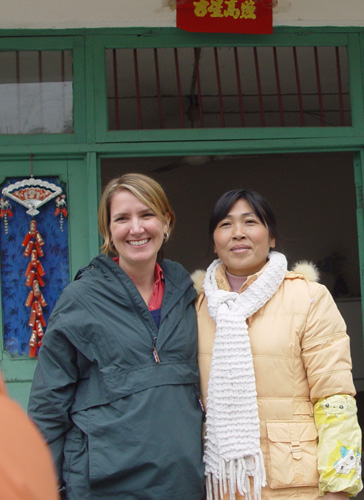The new Slidedoc tool can be
helpful in organizing complex information for maximum impact -- an important goal in communications and advocacy for technology, agriculture, food and international development work.
About six months ago, I came across an interesting new
communication design approach – Slidedocs -- from my favorite guru on this topic, Nancy Duarte, author of Resonate and Slide:ology.
At the time, I was studying Resonate for the second or third
time. Her call to tune our messages so that they resonate with the audience,
rather than trying to tune them to us, has become part of the bedrock of my own
communication philosophy, as has her idea of taking the audience on a journey
that moves them from one way of being to another.
Duarte makes a clear distinction between oral presentations that
activate, motivate and engage people, and report documents intended to convey
information and facts more exhaustively. Presenters sometimes try to do both,
and accomplish neither. Garr Reynolds,
my other presentation guru, refers to presentation slides containing too many words as ‘slideuments’,
to be avoided at all costs. Audiences cannot listen while reading.
However, Duarte’s new concept of slidedocs is built on a
recognition that complex topics in today’s fast-moving world need to be
organized in ways that are easy to grasp and refer to quickly. Because it
fosters an ‘at-a-glance’ succinct format and use of visual elements, presentation
software can be helpful in achieving that.
Duarte's Slidedocs website explains the tool and offers a
free 160-page e-book that describes the rationale and step-by-step advice for
writing, designing and delivering a slidedoc. You can also download two free templates for making your own slidedoc
in Powerpoint.
A slidedoc is a
document
- created using presentation software
- where visuals and words unite to illustrate one clear point per page
- intended to be read and referenced, instead of projected
Slidedocs are designed to be easily skimmed, read, shared,
and referred to (especially electronically). Think of it as a ‘pre-read’ or ‘leave-behind’
on steroids, with a structure and look & feel that is complementary to more
cinematic slides that are optimized for in-person delivery.
 |
| From http://www.duarte.com/slidedocs/ |
The slidedoc approach can be
helpful in organizing complex information for maximum impact -- an important goal for those of us involved in communications and advocacy for technology, agriculture, food and international development work.
Last year, a client asked me to prepare a report for one of their flagship projects, operating in several countries
for several decades with important impacts on the lives those they serve. There
were so many possible ways of organizing this material that I got stuck trying to decide how to organize the sections in my Word document.
So I spent a day plugging some
of the text into one of the Duarte slidedoc templates,
along with pictures and graphs that I’d gathered during the research. After just a few hours of work, the client and I were stunned to see how the words came to life with a
completely fresh energy in this format. I could easily see how the pieces of our story fit together most powerfully, as well as the places where we went into too much detail, or not enough.
Of course, many reports will eventually be given to
graphic designers for publication, but for a writer or project manager,
developing a slidedoc as an interim step can identify ways to boost the impact of material
in the meantime.
Interestingly, about the time that I was reading up and
playing around with this tool, I found the annual reports from the Global
Alliance for Improved Nutrition (GAIN), which appear to use the slidedoc design approach. It is highly visual, and even
though it’s pretty long and text-intense, I find it easy to skim and navigate both
in hard copy and electronically.
 |
| GAIN's Slidedoc-style Annual Reports |



